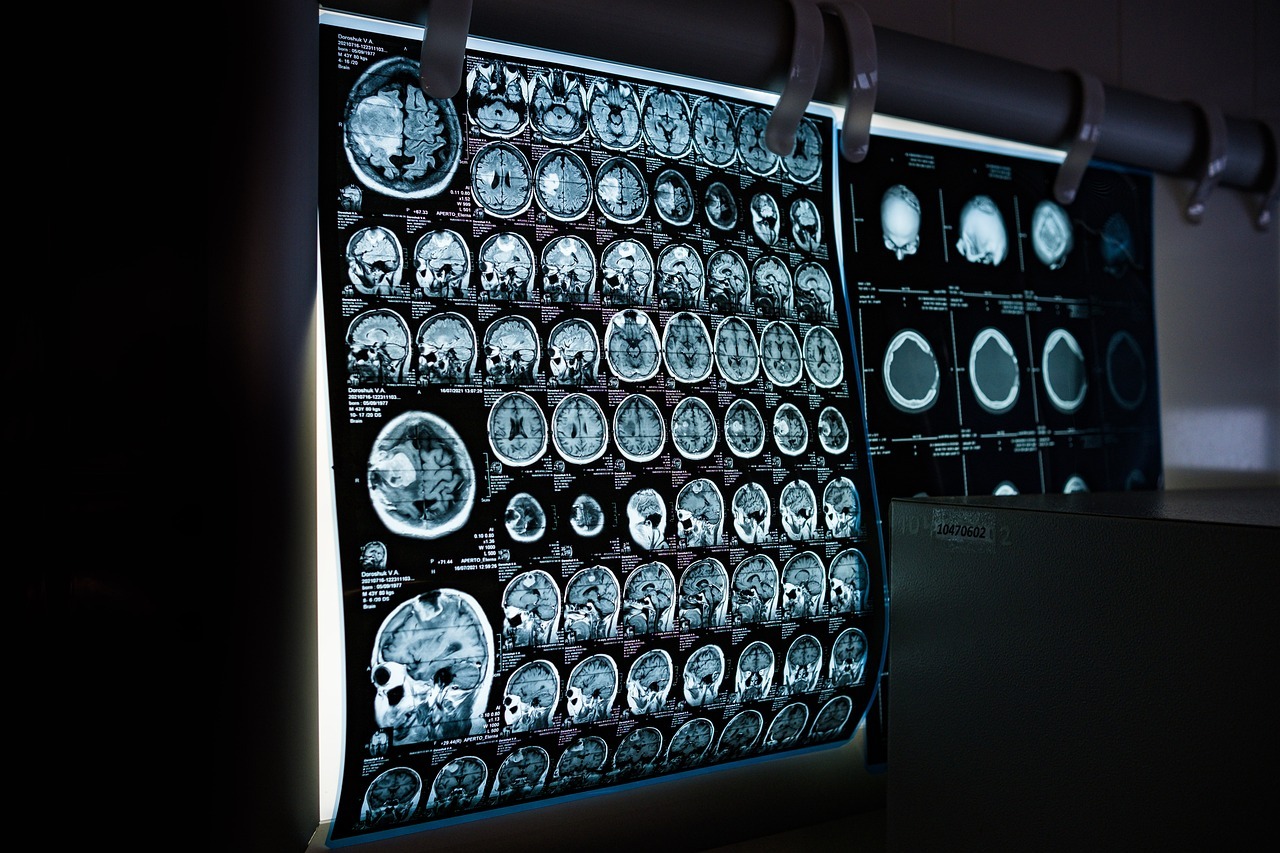AI is changing our healthcare industry. Not a surprise, given that it’s currently impacting all industries – it’s just many don’t know it yet.
One example of AI in action within healthcare is the way medical imaging works, particularly in radiology. With advanced deep learning algorithms, AI can now analyze medical images far more quickly and accurately than humans can. It doesn’t mean we don’t want a human verdict to confirm them, but they’re incredible at the filtering and identification process.
For outsider context, AI is currently reading ancient scripts that we have thought to be unintelligible until now. These systems can spot subtle abnormalities that human radiologists may never see, leading to earlier and more accurate diagnoses for conditions like cancer.
One breakthrough has been in image segmentation. AI can clearly outline important areas in medical images, such as tumors and blood vessels. This helps doctors plan treatments more precisely, ensuring more targeted interventions.
Leading Companies in AI Healthcare and Telehealth
Digital Sense is one example of a AI solution provider in healthcare. Not because they’re experts in healthcare, but because they’re experts in machine learning and computer vision. Outcomes manifest in patient outcome improvements as well operational efficiency, which is particularly useful for hospital under resource strain. Custom AI tools can be developed with their guidance.
Teladoc Health is another important company in telehealth. This is something a little different, as it’s about the migration of healthcare to the inter web. Teladoc helps offer a complete virtual care platform for remote consultations. AI is relevant here but in a very different way – they have the data and digital infrastructure to make healthcare more personalized and improve customer support.
Babylon Health is a mishmash of both, helping combine AI symptom checkers with virtual appointments. Their approach aims to make healthcare more accessible and ultimately provide, again, more personalized healthcare.
Using Machine Learning for Personalized Treatment
So, what exactly does personalized healthcare look like? Machine learning is facilitating this trend by analyzing large amounts of patient data to create treatment plans tailored to each scenario. AI can look at genetic information, medical history, lifestyle habits and even real-time data from wearable devices to accurately predict disease risks, or how a patient might respond to treatments. Therefore, it can also make suggestions.
By combining data from sources like medical records and imaging, AI gives doctors a complete picture to make better decisions. It’s not that it replaces doctors, but it can do one of two things: spot things the doctor has missed, and speed up their productivity.
AI-Enhanced Robotic Surgery
Robotic-assisted surgery has made major strides recently. Augmented reality and real-time navigation has led to the FDA-approved Maestro surgical robot. This uses Nvidia Holoscan’s AI technology to boost efficiency in the operating room, offering precise control during laparoscopic surgeries.
AI can also analyze pre-surgery imaging data and combine it with real-time images during the operation. This helps give surgeons enhanced visualization and decision-making support. The results is less invasive techniques and lowering the risks of the surgery. In some cases, surgery will be fully autonomous through a robotic device, much like Neuralink appears to be solving.
How NLP is Transforming Clinical Documentation
Natural Language Processing (NLP) is changing clinical documentation by radically improving productivity. With voice recognition tools, doctors can quickly record notes and details directly into electronic health records (EHRs). Given that much of a doctor’s time is spent typing what the patient is saying, this is a game-changer. NLP algorithms can also review and summarize complex medical records just before the patient enters the room, providing a voiced summary for the doctor, which is faster than reading.
Using Predictive Analytics to Prevent Diseases
A 2016 study found that predictive analytics (powered through machine learning) could identify undiagnosed Peripheral Arterial Disease with greater accuracy than traditional methods. This helped predict future heart problems with 70% accuracy compared to 56% using standard assessments. The greatest power in AI healthcare will likely lie in these complex pattern recognition abilities, as it crunches vast numbers of data and provides predictions that we may never even understand – but are nonetheless accurate.
Wearable AI and IoMT: Transforming Health Monitoring
Internet of Medical Things (IoMT), which are commonly referred to as wearables, are changing healthcare by allowing continuous health tracking and real-time data analysis. If we think about the previous power of predictive analytics, surely the key will be to gather even more data?
The only concern here is that it may be tech companies with greater predictive healthcare power than our own healthcare provider. But, this takes nothing away from our healthcare provider and is simply a bonus. So long as the regulations catch up with them, there is only upside.
Today’s smartwatches track our heart rate, steps, and some even look at blood pressure and glucose levels. Alerts can be built in to alert us when our sugar levels drop or we need to do some activity, and they can even alert the authorities when we fall over or suffer a heart attack.AI will likely be the greatest contributor to healthcare in decades. The power of it, however, may lie in the hands of tech companies rather than traditional healthcare providers. As a result, we hope to see not only collaboration between the two, but an equalisation of regulation and a serious approach to data security
For more latest updates and news visit baddiehub


